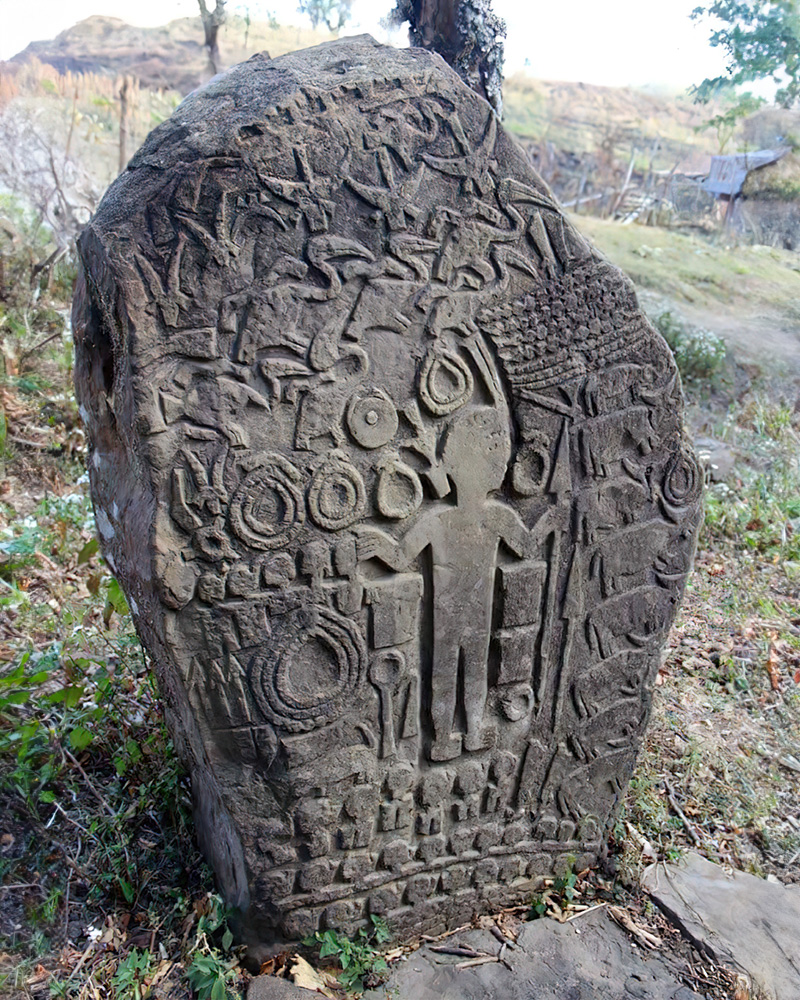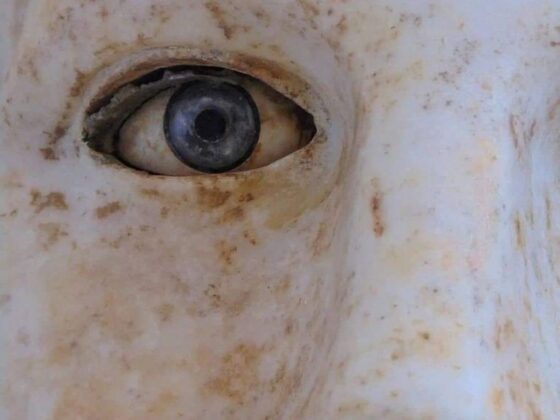Kawtchhuah Ropui is an archaeological site located in Vangchhia, India, that has been largely overlooked for over 2,000 years. This site features a collection of intricately carved stones depicting various figures, including humans, animals, and birds. The craftsmanship of these carvings suggests a high level of skill and artistry that rivals those found in more widely recognized ancient cultures.

One of the most notable aspects of Kawtchhuah Ropui is the striking resemblance of its carvings to those at Göbekli Tepe, an archaeological site in Turkey that dates back approximately 11,000 years. Göbekli Tepe is often considered one of the oldest known religious structures in the world, featuring large stone pillars adorned with intricate reliefs. The similarities between the two sites raise questions about the cultural and artistic connections that may have existed between ancient civilizations separated by vast distances.
The carvings at Kawtchhuah Ropui are not merely decorative; they provide insights into the beliefs and practices of the people who created them. The presence of both human and animal figures suggests a complex relationship with nature and possibly spiritual or ritual significance.










